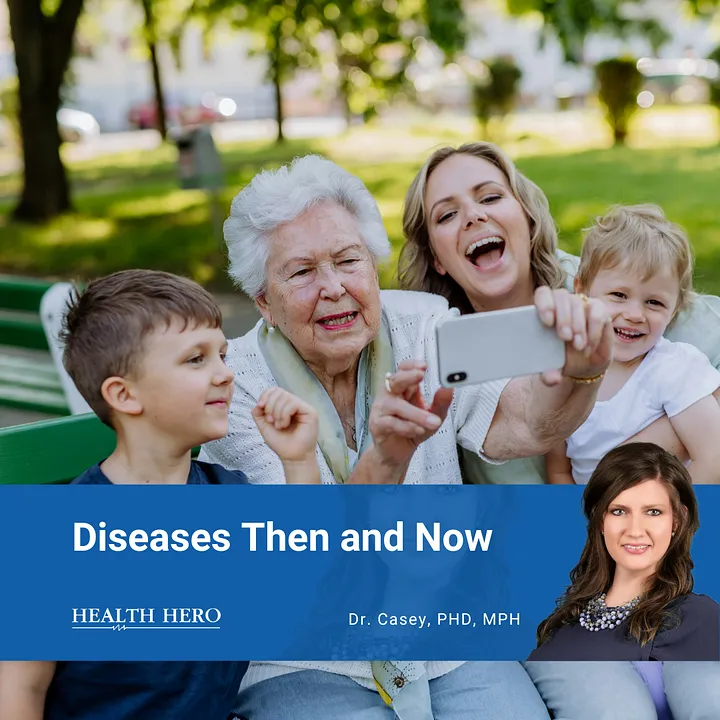They live in dense, thick forests and are unassumingly small, but once they bury in you, they can cause significant harm. Lyme disease is one of the most common vector-borne illnesses in the United States. According to the Centers for Disease Control and Prevention (CDC), approximately 476,000 Americans are diagnosed and treated for Lyme disease yearly. Children, especially those between the ages of 5 and 14, are at a higher risk due to frequent outdoor activities such as playing in grassy or wooded areas.
Lyme disease is a bacterial infection primarily spread by ticks, particularly the black-legged tick, also known as the deer tick. As summer begins and outdoor activities ramp up, the risk to children and adults increases.
What is Lyme Disease?
Lyme disease is caused by the bacterium Borrelia burgdorferi. It is transmitted to humans through the bite of an infected tick. The early symptoms often include fever, headache, fatigue, and a characteristic skin rash called erythema migrans, known as the bull’s-eye rash. If left untreated, the infection can spread to joints, the heart, and the nervous system.
What Kids Should Know During Peak Season
Identify Tick Habitats: Ticks thrive in wooded and bushy areas with high grass and leaf litter. Knowing where ticks live helps avoid these areas or take precautions when entering them.
Use Repellent: Apply insect repellent containing 20–30% DEET to exposed skin and clothing. Permethrin products can be used on clothing, shoes, and camping gear.
Wear Protective Clothing: When venturing into tick-prone areas, wear long sleeves, long pants and tuck pant legs into socks. Light-colored clothing makes it easier to spot ticks.
Perform Tick Checks: Check your body and clothing for ticks after coming indoors. Pay attention to hidden areas like underarms, ears, belly button, and behind knees. Showering soon after being outdoors can help wash off unattached ticks.
Know the Signs: Be aware of early symptoms of Lyme disease, especially the bull’s-eye rash. If you notice any symptoms, inform an adult and seek medical advice promptly.
What to do If You Get Bitten
If you’re bitten by a tick, it’s important to try and carefully remove it to reduce the risk of disease. Use fine-tipped tweezers to remove the tick by grasping it close to the skin and pulling it upward. Clean the bite area with alcohol or soap and water. Dispose of the tick by sealing it in a bag, placing it in alcohol, or flushing it down the toilet. Monitor for symptoms like rash, fever, or fatigue, and consult a doctor if they occur. Save the tick in a sealed container with a date label for potential testing.
How Often Do Kids Get Infected?
Children are particularly susceptible to tick bites due to their active outdoor lifestyles. Data suggests that children account for a significant proportion of Lyme disease cases in the United States. During peak tick season, typically late spring through early fall, the risk of infection increases.
Treatments and Vaccines
Lyme disease is primarily treated with antibiotics. Early-stage Lyme disease is usually treated with oral antibiotics such as doxycycline, amoxicillin, or cefuroxime axetil. In more severe cases, intravenous antibiotics may be necessary.
Vaccine development for Lyme Disease
A promising development in Lyme disease prevention is the emergence of vaccines. While no Lyme disease vaccine is currently available for humans, significant progress is being made. A vaccine called VLA15 is currently in advanced clinical trials and targets the outer surface protein A (OspA) of Borrelia burgdorferi.
A single antibody injection called Lyme PrEP is also being studied. This preventive measure aims to provide short-term protection against Lyme disease and could be particularly beneficial during the peak season.
Myths and Misconceptions
Lyme disease often leads to unnecessary anxiety and improper handling of tick bites. Contrary to popular belief, not all ticks transmit Lyme disease; only black-legged ticks in certain regions are known carriers of the bacteria. Immediate tick removal is crucial, as prompt action can significantly reduce the risk of infection since the bacterium typically requires 36–48 hours of attachment to be transmitted.
Understanding Lyme disease, recognizing its symptoms, and taking preventative measures are key to reducing the risk of infection and ensuring prompt and effective treatment if bitten by an infected tick.
Sources


